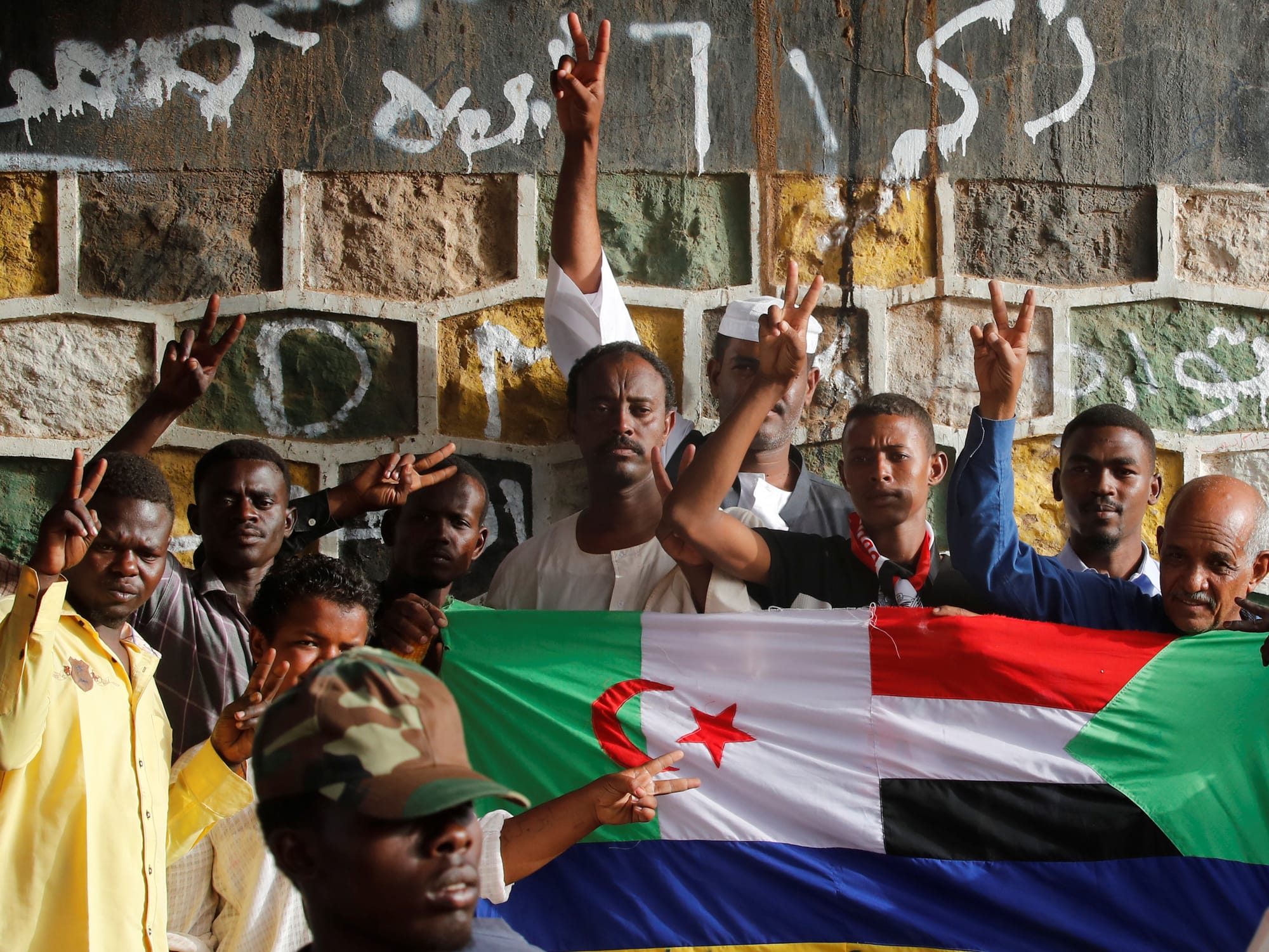Thinking Critically About Regional Uprisings
In order to broaden our frameworks for thinking critically about the new round of uprisings, MERIP editorial committee member Jillian Schwedler asked a number of critical scholars for their perspectives on how we should be thinking about regional protests and what is often overlooked or misunderstoo







